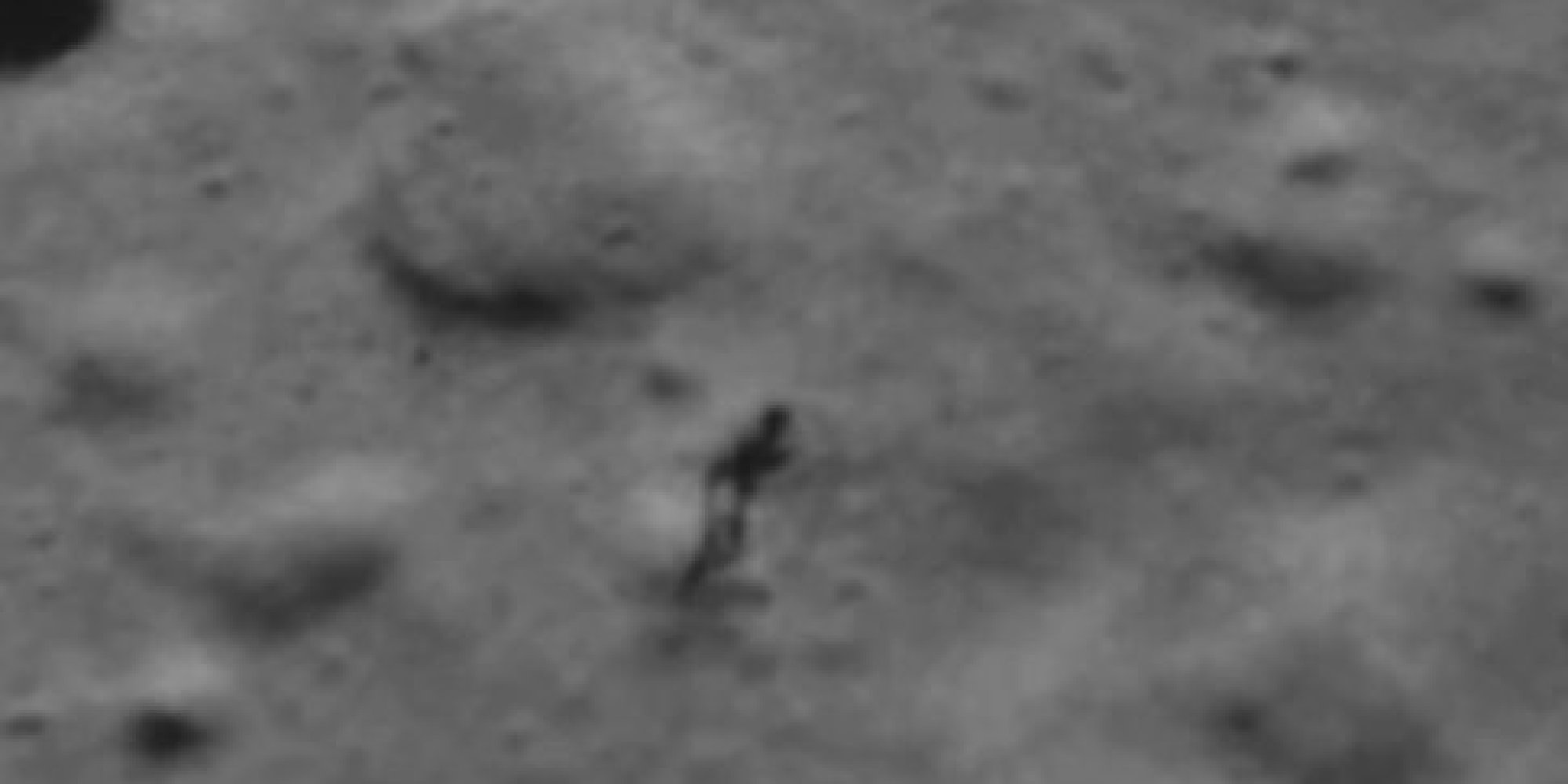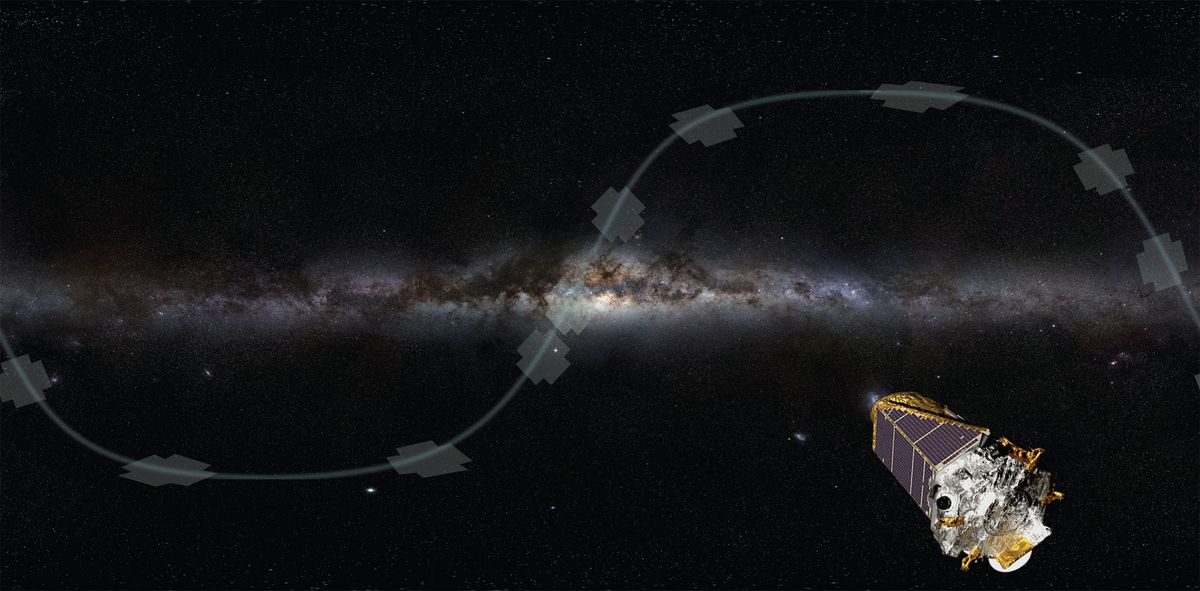
That's the conclusion of another 2014 study, which laid out the classification of "gas dwarf" exoplanets. Just as rocky planets can apparently be much larger than previously thought, gaseous worlds can be surprisingly small. The planet and its lava-world sibling Kepler 10b (background) orbit the star Kepler-10 about 560 light-years from Earth.

Kepler-10c is therefore the first known member of a new class of exoplanets, the "mega-Earths." This "Godzilla of Earths," as one of its discoverers described Kepler-10c, orbits a sunlike star that lies about 560 light-years from Earth.Īrtist's concept of the exoplanet Kepler-10c, the "Godzilla of Earths" that's 17 times more massive than Earth. Such hefty worlds were thought to be primarily gaseous, but Kepler-10c is rocky. Researchers confirmed this huge haul of Kepler planets using a technique called "validation by multiplicity," which relies on probability and statistics rather than additional observations by other telescopes.Īnother headliner from 2014 is Kepler-10c, a planet about 17 times more massive than Earth. More than 90 percent of the newfound planets are smaller than Neptune, and four of them are habitable-zone worlds less than 2.5 times the size of Earth, scientists said. (Image credit: PHL UPR Arecibo, NASA Hubble, Stellarium)Įxoplanet discoveries usually come in drips and drops, but in February, the Kepler team unleashed a torrent: Researchers announced the spacecraft had spotted 715 new alien worlds, nearly doubling the known population in one fell swoop. The grants from NASA’s Space Technology Research Grants Program are worth approximately $200,000 per year with up to three years of research possible.Artist's concept of the potentially habitable super Earth Gliese 832c, against a background of a stellar nebula. So how do we transform large arrays of sensor inputs into an estimation of system state?” As we make sensors smaller and smaller and then pack them more densely, we have a lot of sensory inputs.
NASA ALIEN NEWS 2014 HOW TO
“And this poses challenges because we need to deal with sensor networks and how to interface with hardware. “There has to be some kind of intelligence built into the system,” Kramer says.
NASA ALIEN NEWS 2014 SKIN
This multilayered skin will include flexible electronics that are less sensitive to vibration than conventional hardware, making them rugged enough for mission environments. “By embedding all of the functional components into a 2-D skin, and then wrapping that skin around 3-D deformable objects, we’ll be able to create many robots with variable functionality rather than a single robot designed for a single function.” “We want to be able to design and make robots on the fly,” Kramer says. The approach could allow space travelers to ship lightweight, easy-to-store sheets of robotic skin for assembly once they reach their destination. The goal is to make possible a class of soft robots where all the functional elements including sensors are embedded in the skin. The NASA project takes the research a step further, focusing on the development of an elastic robotic skin containing a shape-memory alloy for muscle-like movement as well as numerous sensors to provide feedback and environmental information. Orienting the fabric in a different direction causes it to compress - producing a peristaltic - or slithering locomotion.

Orienting the fabric in one direction causes the robot to bend, producing locomotion like an inchworm’s.

She and her students are creating a robotic fabric that can be slipped over a block of foam or an inflated balloon.

Kramer is working on technologies related to soft machines made of elastic materials for potential applications in robotics, medical devices and consumer electronics. The projects are funded through NASA’s Space Technology Research Grants Program. Such innovation will be needed for the exploration of asteroids, Mars and the outer planets, according to a NASA statement. NASA selected proposals to develop new space technologies for robots capable of traversing alien terrains, new lightweight materials and structures, and advanced lasers for space missions. Orienting the fabric in a different direction causes it to compress producing a peristaltic - or snake-like - locomotion. Orienting the skin in one direction causes the robot to bend, producing locomotion like an inchworm’s. Such a skin might be wrapped around a deformable object such as an inflated balloon, creating robots capable of roaming alien landscapes. This diagram illustrates the concept for NASA-funded research focusing on the development of an elastic robotic skin containing a shape-memory alloy for muscle-like movement as well as numerous sensors to provide feedback and environmental information.


 0 kommentar(er)
0 kommentar(er)
